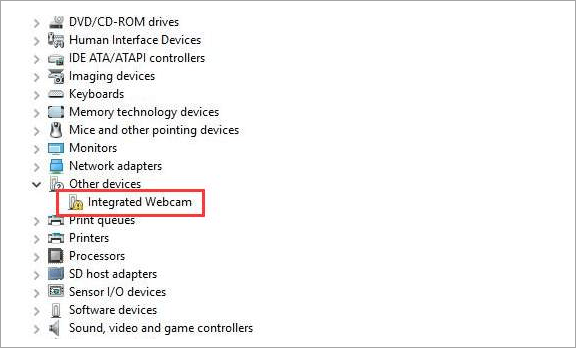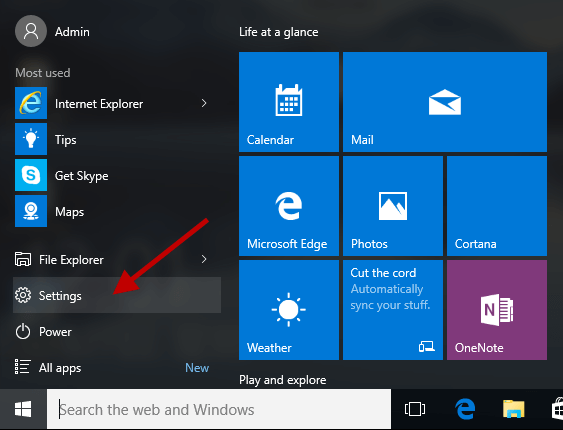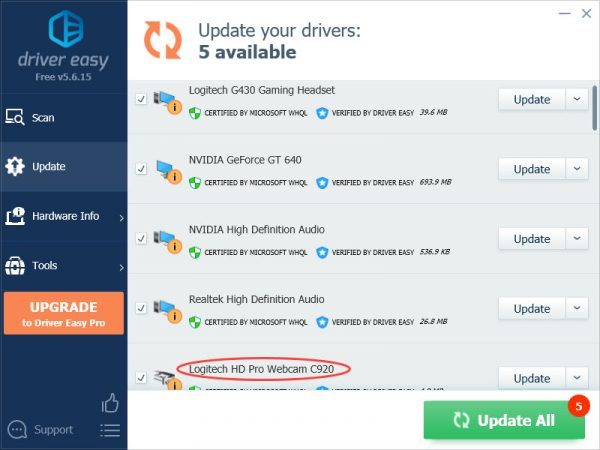


Specifically for Lenovo users, there’s been another problem affecting the webcam in Zoom, Skype and other video-chat apps. Try rolling back to a version before your current one and see if that works. You can find older versions of Zoom on Uptodown here.

This could be due to some Zoom versions not playing nice with secondary or virtual cameras, and the solution could be to try an older version of the software. Windows Webcam Not Working in ZoomĪ problem that manifested itself during the pandemic is the Windows webcam not working for popular video-calling apps like Zoom, Skype, Hangouts, Messenger and so on. The idea is that a connector to the webcam may have come loose, and by giving it a little squeeze, you can pop it back into place. These are often made of plastic, making them relatively easy to “flex” with your fingers. It will just look a little less "cinematic", and a little more "daily soap opera".If your webcam isn’t being detected, you can also try pressing on the bezel around the camera. This fluidity might seem a little odd to our eyes which are accustomed to 24-30 FPS, but generally a higher FPS count is a good thing. So if, let's say, you're using Zoom or Skype and the FPS your camera is recording is lower than 24, then that means that the image is going to look a little stuttery to the other side.Ī number significantly higher than 30, meanwhile, just means that the video will be more fluid, more lifelike. Generally the FPS of television is higher than that of the cinema. We are used to seeing movies in the cinema and TV shows displayed at around 24-30 FPS.

This number is affected by the type of webcam that you have, and also by the speed of your computer and the number of tasks that it is engaged in at a given moment.įPS matters because the higher this number is the more life-like and real the resulting video looks. FPS is the number of frames, or images, that your webcam is taking and transmitting every second.


 0 kommentar(er)
0 kommentar(er)
